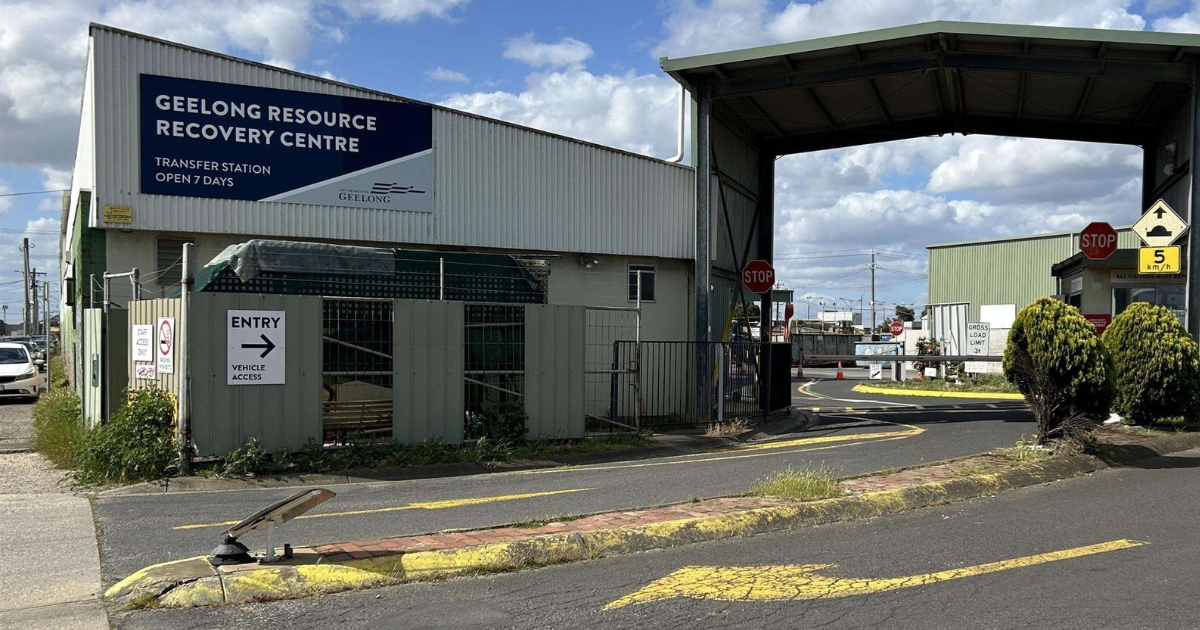Senator calls for investigation into leukaemia numbers

Senator Sarah Henderson is calling on more research to be undertaken into an abnormal rate of leukaemia cases reported in Barwon Heads.
SENATOR Sarah Henderson is demanding action after an inquiry into a potential Barwon Heads cancer cluster exposed a concerning number of leukaemia diagnoses.
Ms Henderson, who is a part of the Senate Community Affairs Reference Committee investigating the alleged cancer cluster, said the inquiry heard data from the Victorian Cancer Registry revealing higher than normal rates of leukaemia found in Barwon Heads between 1982 and 2000.
“Data from the Victorian Cancer Registry revealed that during this period, there were 42 per cent more cases of leukaemia in Barwon Heads than occurs in the ordinary population,” she said.
“While the expert advisory group appointed by the Victorian Department of Health and Human Services did not consider the number of leukaemia cases to be statistically material, it found a higher rate than normal (24 per cent) of breast cancer cases occurred in Barwon Heads between 1982 and 2019.
“It concluded that ‘no substantive evidence of increased incidence was found, other than for breast cancer’.”
Ms Henderson said she wants the state government and Chief Health Officer Professor Brett Sutton to investigate the link between Barwon Heads and statewide leukaemia cases since the popular holiday destination was sprayed during months of peak tourism.
“My call is supported by a number of witnesses who testified including Campbell Stephenson who bravely spoke about the death of his sister Georgie, at the age of 26, who was diagnosed with leukaemia and Kristie Ainsworth, leukaemia survivor, who told us she would frequently ride her bike through a chemical ‘fog’ on her way to school.”
The April 20 public hearing at Barwon Heads Community Hall took place after claims that a cancer and autoimmune disease cluster allegedly emerged in the coastal town after the City of Greater Geelong’s aerial pesticide spraying program between 1982 and 2019.
Independent research group Discovery 3227 say Malathion, which was used to treat mosquitos in the area between mid-1980s to 2012, has been linked to illnesses such a leukaemia and breast cancer.
Spokespeople for the City of Greater Geelong told the inquiry that the spraying of residential streets in Barwon Heads was not a part of their core mosquito management program, with the Victorian Cancer Registry further attributing the higher-than-average rate of breast cancer to socio-economic factors rather than chemical exposure.
Ms Henderson has requested a copy of each of the city’s mosquito spraying schedules starting from 1982.
“I will continue to fight for better access to data which may show a link between the mosquito spraying program and higher than average cancer rates in our community,” she said.

















